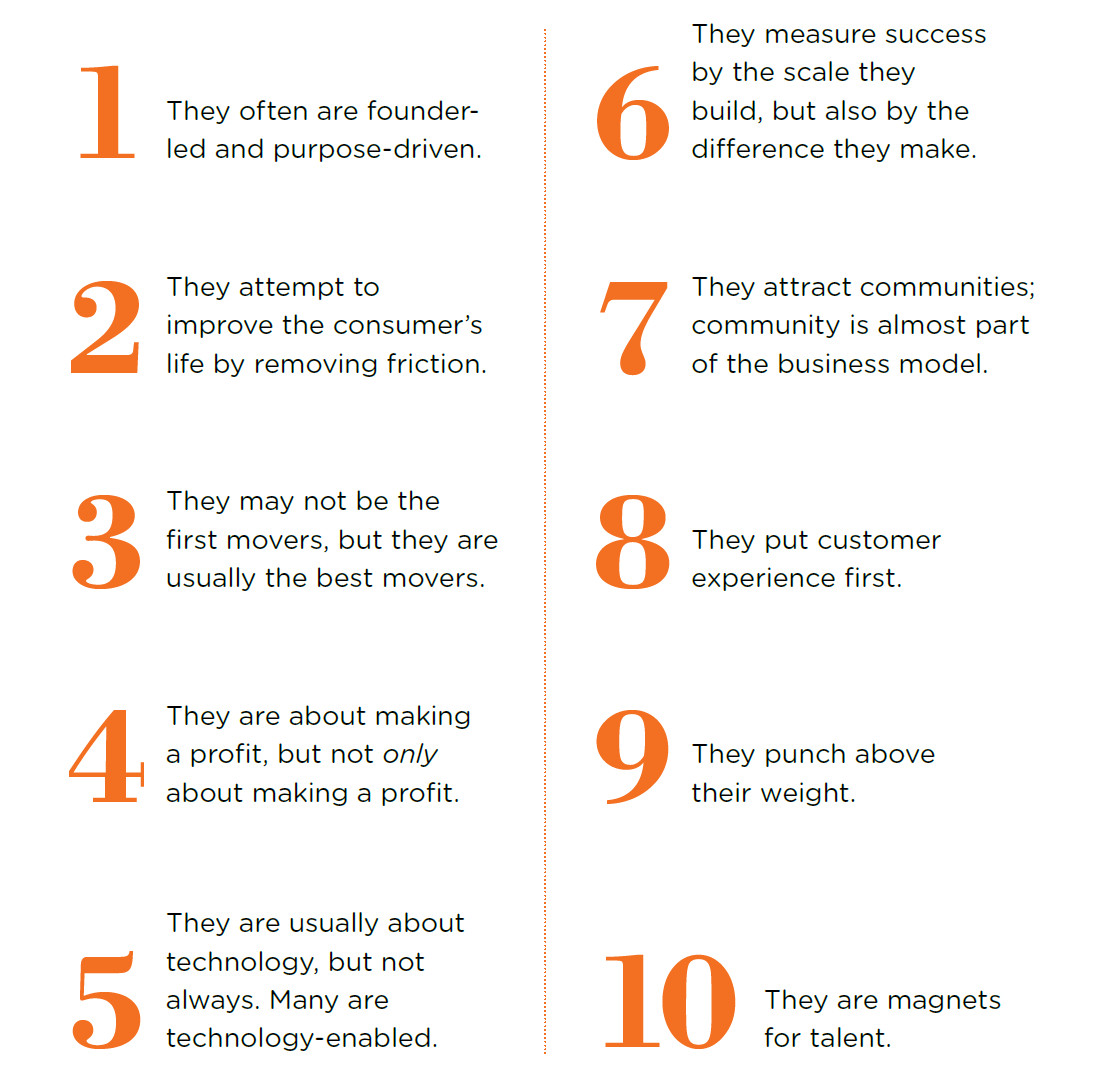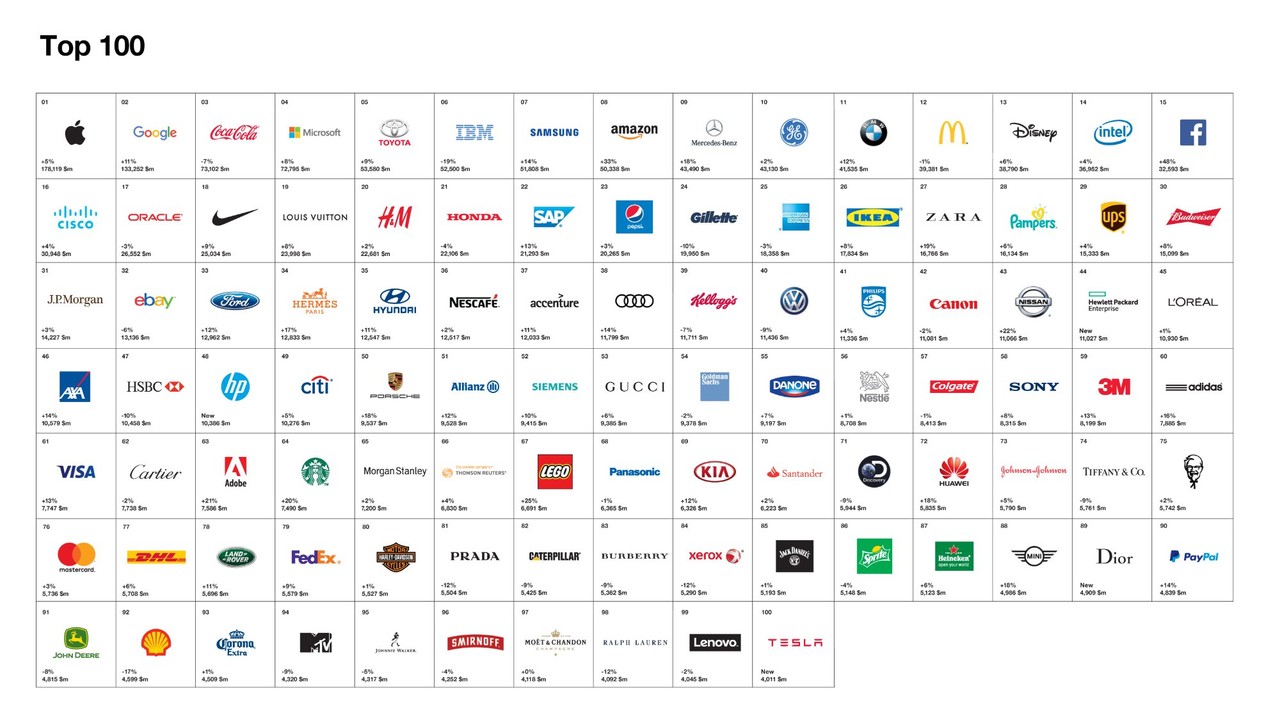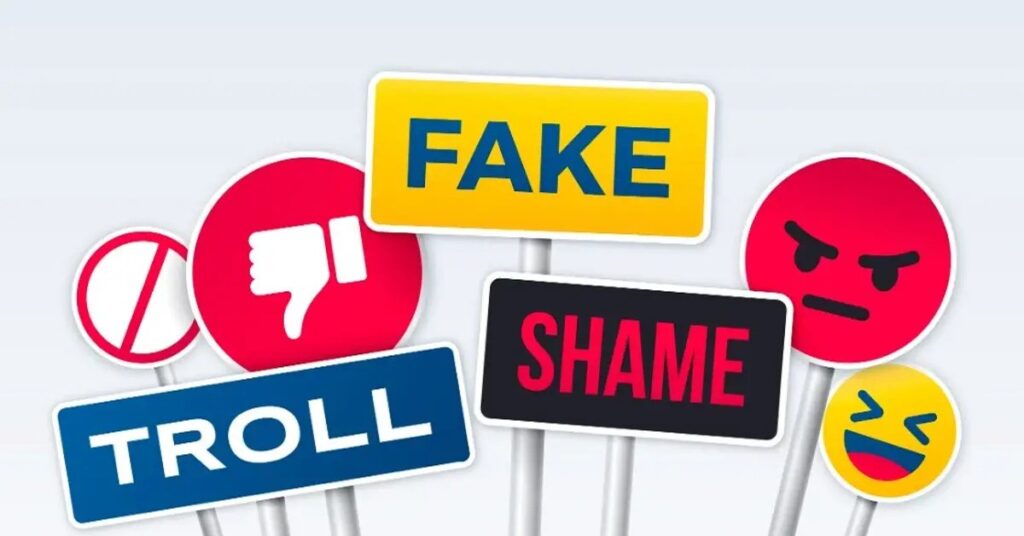In an era where standing out is a business imperative, the term ‘disruption’ has become more than just a buzzword. It’s a strategic mindset reshaping industries. The quest for a fresh idea or novel business model is on for companies navigating crowded markets or daring startups entering traditionally slow-moving sectors. Disruptive businesses demand disruptive brands, where a profound understanding of audiences, a robust brand strategy, and impactful visuals become the game-changers for unparalleled success.
What is Disruptive Marketing?
Disruptive marketing is the art of turning conventional marketing rules on their heads, challenging the status quo, and reshaping how a company and its industry are perceived. It’s about breaking free from traditional norms, experimenting with new techniques, and embracing a fresh marketing approach.

Three Essential Steps to Building a Truly Disruptive Brand
1. Proving Authenticity through Audience Insights
Constructing a disruptive brand begins with authenticity. Understanding not only the audience being served but also establishing credibility and confidence among industry competitors is essential. It’s about creating a brand that is memorable and trustworthy, disrupting the norm by embodying these qualities.
2. Searching for the Right Story
Every disruptive brand needs a captivating, distinctive story to rally consumers around. Crafting a narrative that goes beyond the ordinary and resonates deeply with the target audience is the cornerstone of disruptive branding.
3. Making a Statement with a Striking Look and Feel
Visual identity matters. Developing a visual identity that leaves a lasting impression is a disruptive act in itself. It’s about standing out in a sea of visual noise, grabbing attention, and imprinting the brand into the minds of consumers.
How to Build a Disruptive Marketing Campaign?
If you are looking to create a disruptive marketing campaign, there are several important steps to follow.
1. Understand Your Industry
Before disrupting, understand what you want to disrupt. Tools like Think With Google, Survey Monkey, and BizStats help gain in-depth industry knowledge. Identify industry weaknesses or unmet customer needs and position your brand as the solution. By positioning your brand as the solution to these issues, you can establish yourself as a major player in the field.
2. Understand Your Customer
Once you have a good understanding of your industry, it’s time to turn your attention to your customers. You need to understand their unique needs, expectations, and behaviors. This can be achieved with tools like Google Analytics and Followerwonk. By stepping into your customer’s shoes, you can better understand what motivates them and what they are looking for in a brand.
3. Do the Unexpected
To create a truly disruptive marketing campaign, you need to do the unexpected. This means promoting your competitive advantage in ways that are surprising and remarkable. By creating a buzz with unseen and innovative strategies, you can capture the attention of potential customers and establish yourself as a leader in your industry.
4. Be Relevant
Of course, it’s not enough to simply be surprising. You also need to be relevant to your customers. This means creating experiences that matter to them and making a real difference in their lives. Whether it’s through personalized messaging or targeted marketing campaigns, you need to show your customers that you understand their needs and are here to help.
5. Be Humorous
Humor can also be a powerful tool in a disruptive marketing campaign. By injecting humor into your messaging, you can make your brand more memorable and create a strong emotional connection with your audience.
6. Use Unusual Combinations
Innovation is key to creating a disruptive marketing campaign, and this means using unusual combinations to stand out from the competition. By connecting the unconnected and creating new patterns, you can establish yourself as a true innovator in your field.
7. Breach the Boundaries
Finally, to truly disrupt your industry, you need to be willing to breach the boundaries. This means challenging conventions and setting new standards for your industry. By redefining the rules and pushing the boundaries, you can establish yourself as a true leader in your field and create a truly disruptive marketing campaign.

Advantages of Building a Disruptive Brand
Embarking on the journey to build a disruptive brand unveils a realm of opportunities and challenges. It’s a landscape filled with risks and rewards, transforming industries and rewriting the rules of business.
1. Seizing the Unclaimed Space
Creating a disruptive brand opens doors to unexplored territories. By identifying a niche or untapped market space, you enter with a product or service that’s unprecedented. The initial advantage often lies in being the pioneer. Airbnb‘s global phenomenon showcases how seizing a unique space led to unprecedented success without owning a single hotel, redefining the hospitality sector.
2. Growth Beyond Boundaries
The journey doesn’t end at identifying a gap. Disruptive brands foresee further growth opportunities. Innovation isn’t a one-time affair; it’s an ongoing evolution. Uber’s transition from a taxi service to the food delivery giant with Uber Eats illustrates the ability to reinvent services and tap into new markets, leading strategically to industry domination.
3. Customer-Centric Evolution
At the heart of disruptive brands lies an unwavering focus on customer needs. The essence of disrupting an industry is addressing the gaps in customer satisfaction. Becoming a disruptor mandates being customer-focused, delivering solutions that cater to unmet demands and altering the sector’s landscape.
4. Thought Leadership & Evolution Catalyst
Disruptive brands shape industries and inspire change. They are not just innovators but thought leaders. They command respect from consumers and competitors alike, catalyzing sector-wide evolution from which everyone benefits.
Challenges with Disruptive Branding
1. Audience-Driven Decisions
Disruptors must remain agile and adaptable, constantly aligning strategies with audience preferences. Unlike traditional businesses, disruptors need to identify market gaps, listen keenly to audience feedback, and adjust their offerings accordingly.
2. Financial Challenges
Disruptive branding is expensive. It demands substantial investments in technology, growth, and innovation. Convincing investors to fund novel concepts is arduous, requiring meticulous planning and a coherent vision.
3. Technological Risks
While technology propels disruption, it can also derail it. Rapid technological advancements might render ongoing developments obsolete or inferior, demanding constant adaptation and vigilance.
Building a disruptive brand necessitates deep insights, thorough market research, and an acute understanding of audience needs. It’s a journey where innovation meets adaptability, and navigating this dichotomy can lead to transformative success in today’s dynamic business landscape.
Why Customers Love Disruptive Marketing?
In a fast-paced and ever-changing world, disruptive marketing can provide a welcome break from the monotony. With so much information available to customers, it’s easy to get lost in the sea of repetitive trends. Disruptive campaigns, on the other hand, stand out by offering something unexpected and thought-provoking. This makes them more memorable, capturing the attention of audiences and encouraging engagement. Even after scrolling away, customers continue to think about these campaigns, making them more effective in the long run.
The Big Picture
In a world where sameness is the norm, disruptive marketing is the key to breaking free, creating lasting impressions, and forging a connection with audiences. Encourage your marketing team to embrace boldness, rethink digital strategies, and become architects of disruptive content that leaves a lasting mark in the minds of consumers.
Also Read: From Confusion to Clarity: Cats Protection’s Branding Makeover



